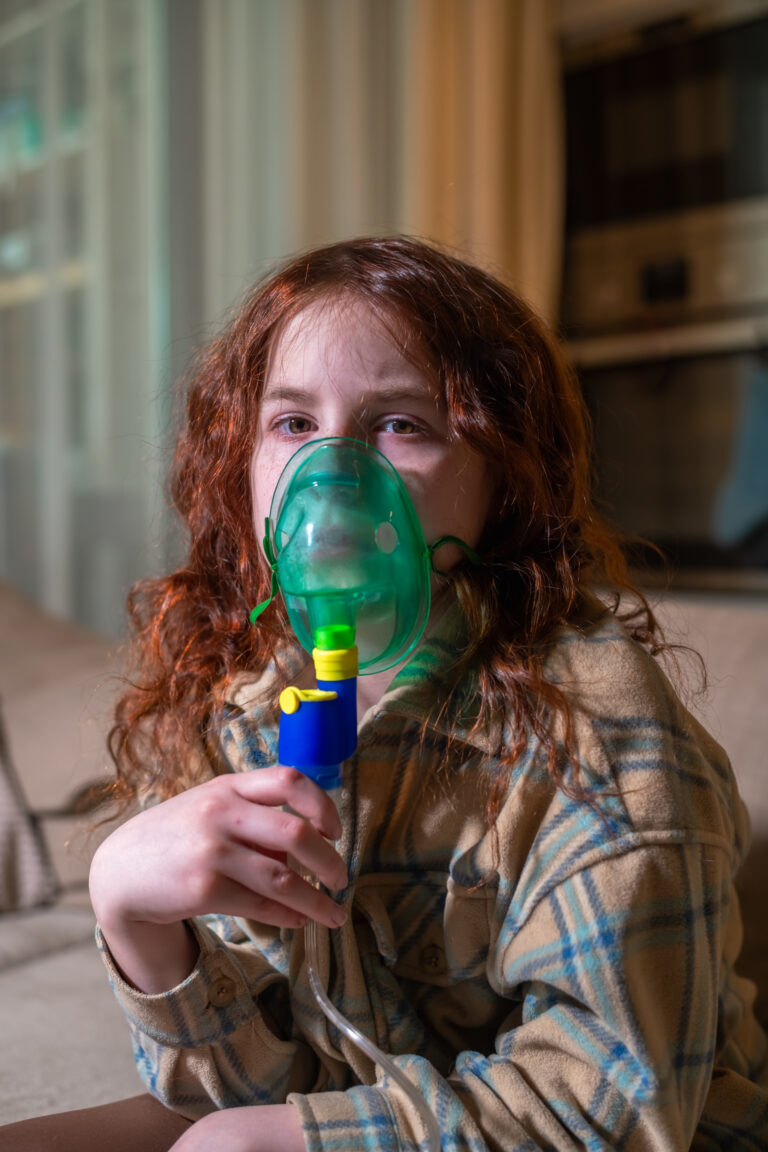Introduction
In serious emergency situations, swift and effective treatment can mean the First Aid Courses Wollongong distinction in between life and fatality. This is where the debate of BLS vs ALS comes into play. Basic Life Support (BLS) and Advanced Life Support (ALS) are two critical points in emergency clinical response. Comprehending when to use each technique can be paramount in conserving lives.
This post aims to delve deep right into the ins and outs of BLS and ALS, helping you recognize when it's time to call for innovative life assistance. With comprehensive areas on methods, protocols, and sensible circumstances, you'll be well-appointed with knowledge that might conserve a life.
BLS vs ALS: Comprehending the Basics of Life Support
What is Standard Life Support?
Basic Life Support (BLS) describes the first treatment offered to individuals experiencing cardiac arrest or breathing failing. It normally involves:
- Checking Responsiveness: Evaluating whether the individual is conscious or unconscious. Calling for Assistance: If less competent, calling emergency services immediately. Performing CPR: Administering breast compressions and rescue breaths if necessary.
The Duty of Advanced Life Support
Advanced Life Support (ALS) incorporates advanced treatments performed by trained clinical personnel, which might consist of:

- Medications: Administering medications like epinephrine or amiodarone during heart emergencies. Advanced Air passage Administration: Utilizing intubation methods to safeguard the airway. Defibrillation: Utilizing an Automated External Defibrillator (AED) or hand-operated defibrillator for heart rhythm disturbances.
When Ought to You Ask for Advanced Life Support?
Identifying Medical Emergencies
Recognizing when to rise from BLS to ALS can be tough. Here are some scenarios:
Cardiac Apprehension: If the person isn't breathing and doesn't have a pulse after starting BLS. Severe Trauma: In cases of considerable injury where immediate advanced treatment is necessary. Respiratory Distress: If somebody displays indicators of choking or serious trouble taking a breath after BLS measures.Understanding Health center Codes and Protocols
Hospitals operate under specific codes associating with emergency situations, such as Code Blue for cardiac arrest. Understanding these can guide when ALS must be activated.
Key Strategies in BLS
Checking Casualty's Breathing
One vital step in BLS is looking for breathing:
- Place your ear near their mouth while viewing their chest rise. Look for signs like unusual breathing patterns or gasping.
Taking Turns on Compressions
If numerous responders exist:
- Alternate every two mins to avoid fatigue. Ensure uniformity in compression depth-- at the very least 2 inches deep at a price of 100 to 120 compressions per minute.
ALS Procedures Explained
Lower Compression Depth vs Greater Compression Depth
While BLS focuses on basic methods, ALS might include much more extensive approaches that can change compression deepness based upon individual needs.
Slow Compression Price: A Common Mistake?
During high-stress circumstances, -responders might reduce their compression rate. Keeping calmness is https://marcozibh362.lucialpiazzale.com/revival-regularity-for-emergency-treatment-certifications-keeping-your-abilities-up-to-date important; staying on top of a consistent speed makes certain maximum blood flow.
Public Defibrillator Usage: A Game Changer
How Public AEDs Work
Automated External Defibrillators are created for usage by laymans:

Empowering Neighborhoods with AED Training
Communities that purchase public defibrillator training see much better survival prices throughout cardiac events because of quicker response times.
BLS Qualification: Why It Matters?
Importance of Normal Training Classes
BLS qualification courses use hands-on experience in necessary techniques:
- Ensure you're familiar with examining responsiveness and identifying no breathing effectively. Refresh abilities every few years as standards change frequently.
Certification Bodies and Their Standards
Organizations like the American Heart Organization (AHA) set requirements that ensure all licensed individuals are geared up with current expertise and skills.
BLS vs ALS: Educating Differences
Curriculum Overview
|Educating Type|Duration|Key Abilities Covered|| ---------------|----------|--------------------|| BLS|4 hours|MOUTH-TO-MOUTH RESUSCITATION, AED usage|| ALS|Differs|Medication protocols, progressed air passage management|
Practical Implications
Knowing how each sort of training impacts real-world application can aid responders pick carefully in between BLS or waiting for ALS intervention.
Scenarios That Call for Immediate Action
Real-Life Case Studies
A middle-aged male collapses throughout a marathon-- what need to onlookers do? A young child experiences an asthma attack in your home-- when do you ask for help?Each circumstance highlights how understanding BLS vs ALS can help decision-making under pressure.
FAQ Section
What's the key difference between BLS and ALS?- The major difference depends on training degrees; BLS includes standard treatments while ALS includes innovative treatments carried out by medical professionals.
- If you find somebody less competent and not breathing, start mouth-to-mouth resuscitation quickly till assistance arrives.
- Yes! Public accessibility AEDs are developed for laypersons; training assists make certain appropriate use however isn't mandatory.
- It's suggested to restore every 2 years as guidelines may evolve over time.
- Absolutely! Remaining calm makes certain effective communication and proper technique implementation during crises.
- Hospitals adhere to specific codes like Code Blue which activates instant advanced assistance groups upon recognition of a heart event.
Conclusion
Navigating with life's unanticipated emergencies requires knowledge, quick reasoning, and sometimes a little bit of guts-- recognizing BLS vs ALS gives you both clearness and confidence in evaluating circumstances precisely. Whether you're a layman wanting to help or a healthcare specialist cleaning up on abilities, understanding when to call for sophisticated life assistance guarantees that every 2nd counts in the direction of saving lives effectively. As we proceed boosting our emergency response systems via education and learning and neighborhood awareness, we promote our cumulative duty towards health and wellness safety-- because together, we can make a difference!
This extensive guide has equipped you with insights into distinguishing between Basic Life Support and Advanced Life Assistance while highlighting their particular duties during emergency situations-- because every heartbeat matters!